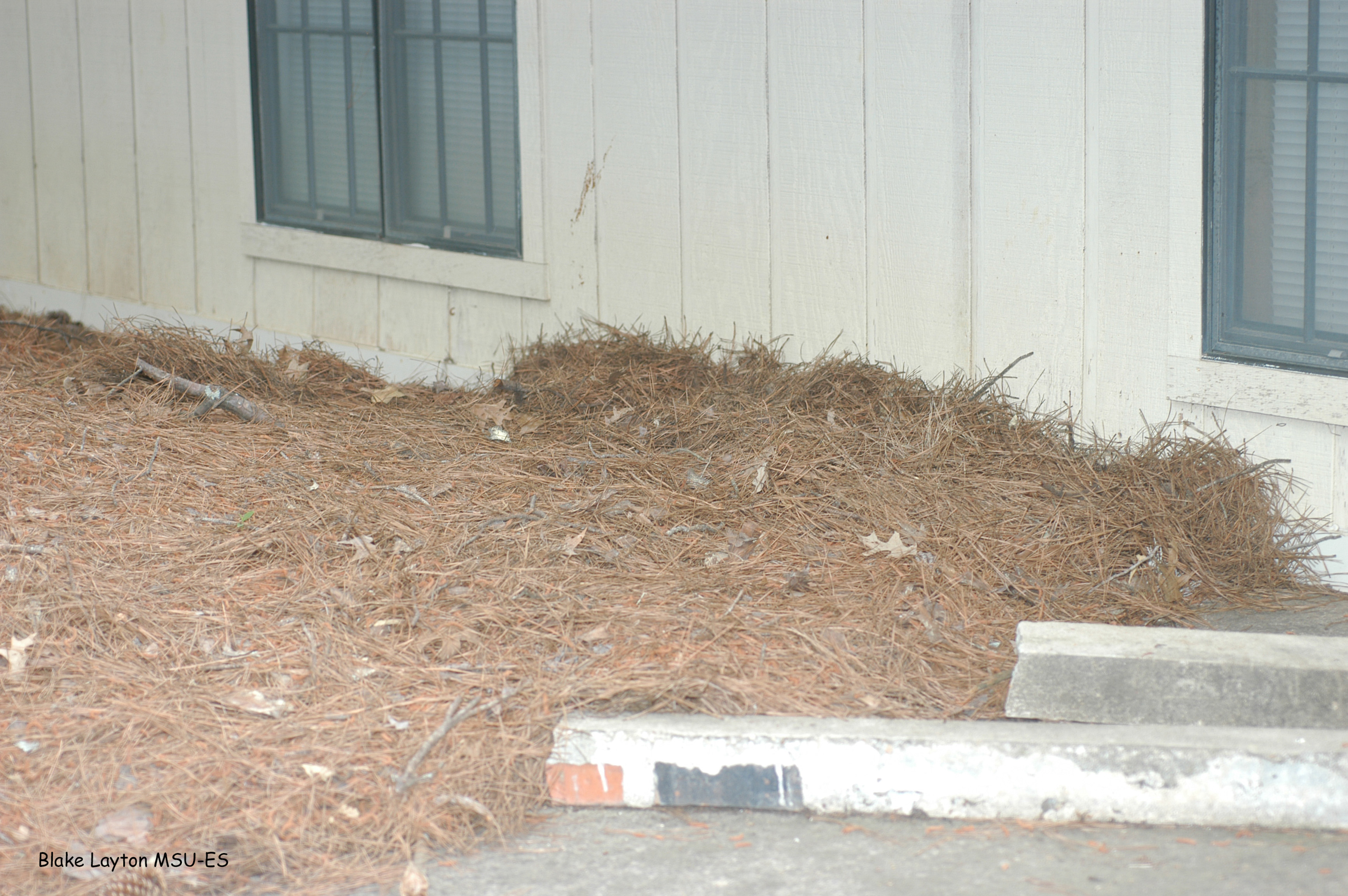Termite Conducive Conditions Vol. 9, No. 22
Related News
March 16, 2016
October 1, 2015
July 10, 2015
June 29, 2015
June 17, 2015
Pages
Related Publications
Publication Number: P2748
Publication Number: P2472
Publication Number: P2765
Publication Number: P2825
Publication Number: P3346

 For most homeowners, our house represents our largest single investment, and we want to do what we can to protect this investment from things that might damage it. Home insurance protects against hazards such as fire, wind, and flood, but it does not protect against termite damage. This is something we must do by making sure the building has been properly treated for termites and by avoiding situations that make it more likely to be infested by termites. In the professional pest control industry, these are known as “conducive conditions.” Here are examples of some of the most common termite conducive conditions.
For most homeowners, our house represents our largest single investment, and we want to do what we can to protect this investment from things that might damage it. Home insurance protects against hazards such as fire, wind, and flood, but it does not protect against termite damage. This is something we must do by making sure the building has been properly treated for termites and by avoiding situations that make it more likely to be infested by termites. In the professional pest control industry, these are known as “conducive conditions.” Here are examples of some of the most common termite conducive conditions.